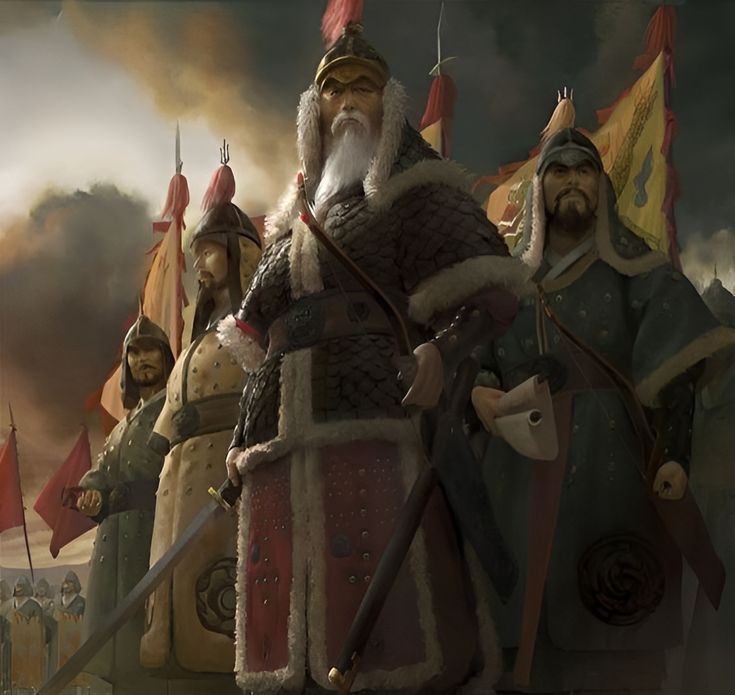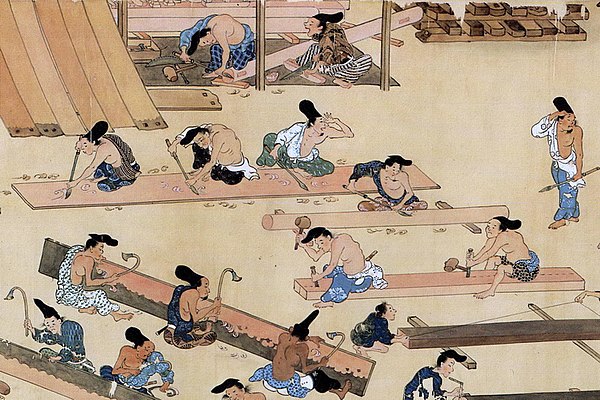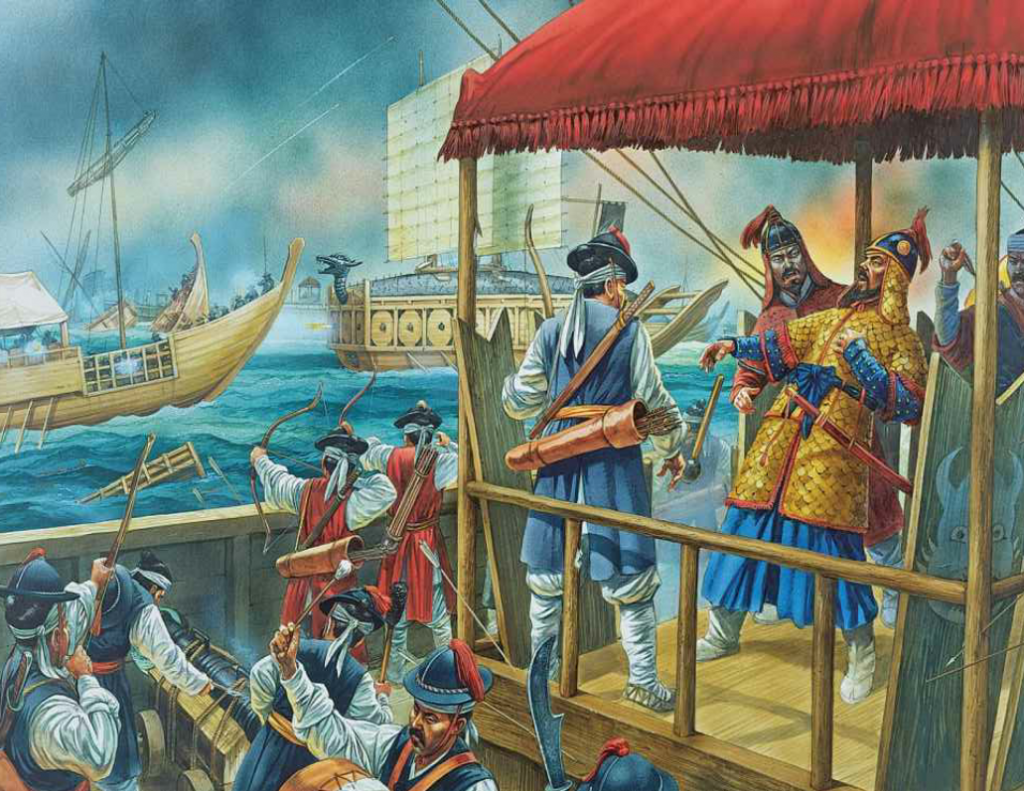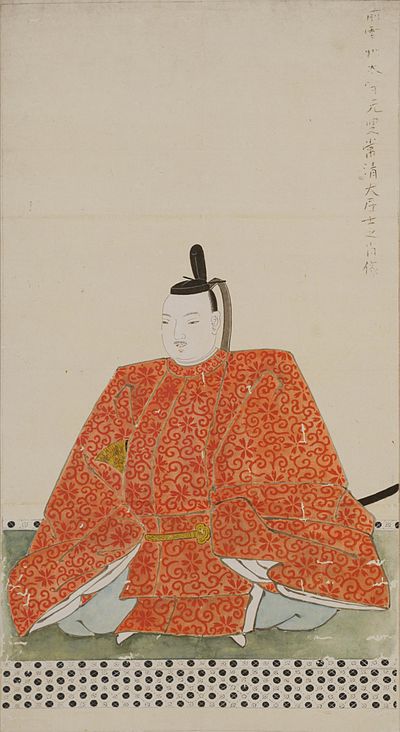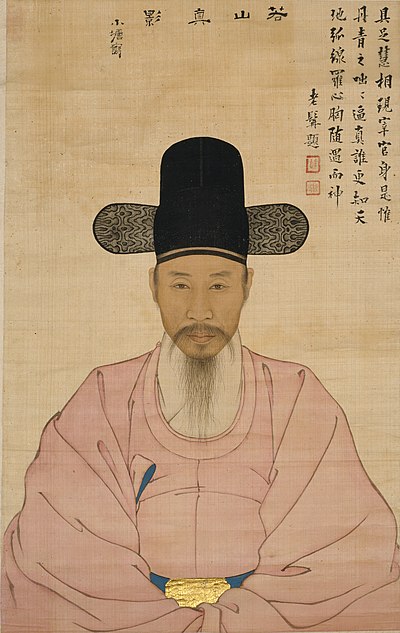In response to the Korean navy's success, Toyotomi Hideyoshi recalled three commanders from land-based activities: Wakisaka Yasuharu, Katō Yoshiaki, and Kuki Yoshitaka. They were the first commanders with naval responsibilities in the entirety of the Japanese invasion forces. Hideyoshi understood that if the Koreans won command of the sea, this would be the end of the invasion of Korea, and ordered the destruction of the Korean fleet with Yi Sun Sin's head to be brought to him. Kuki, a former pirate, had the most naval experience, while Katō Yoshiaki was one of the "Seven Spears of Shizugatake". However, the commanders arrived in Busan nine days before Hideyoshi's order was actually issued, and assembled a squadron to counter the Korean navy. Eventually Wakisaka completed his preparations, and his eagerness to win military honor pushed him to launch an attack against the Koreans without waiting for the other commanders to finish.
The combined Korean navy of 53 ships under the commands of Yi Sun-sin and Yi Eok-gi was carrying out a search-and-destroy operation because the Japanese troops on land were advancing into the Jeolla Province. The Jeolla Province was the only Korean territory to be untouched by a major military action, and served as home for the three commanders and the only active Korean naval force. The Korean navy considered it best to destroy naval support for the Japanese to reduce the effectiveness of the enemy ground troops.
On August 13, 1592, the Korean fleet sailing from the Miruk Island at Dangpo received local intelligence that a large Japanese fleet was nearby. After surviving a storm, the Korean fleet had anchored off Dangpo, where a local man appeared on the beach with the news that the Japanese fleet had just entered the narrow strait of Gyeonnaeryang that divided Koje Island. The following morning, the Korean fleet spotted the Japanese fleet of 82 vessels anchored in the straits of Gyeonnaeryang. Due to the narrowness of the strait and the hazard posed by the underwater rocks, Yi Sun-sin sent six ships as bait to lure out 63 Japanese vessels into the wider sea; the Japanese fleet pursued. Once in the open water, the Japanese fleet was surrounded by the Korean fleet in a semicircular formation, called a "crane wing" by Yi Sun-sin. With at least three turtle ships (two of which were newly completed) spearheading the clash against the Japanese fleet, the Korean vessels fired volleys of cannonballs into the Japanese formation. The Korean ships then engaged in a free-for-all battle with the Japanese ships, maintaining enough distance to prevent the Japanese from boarding; Yi Sun-sin permitted melee combats only against severely damaged Japanese ships. During the battle, the Korean navy made use of a metal-cased fire bomb that caused substantial damage to Japanese deck crews, and caused fierce fires on board their ships.
The battle ended in a Korean victory, with Japanese losses of 59 ships – 47 destroyed and 12 captured. Not a single Korean ship was lost during the battle. Wakisaka Yasuharu escaped due to the speed of his flagship. After this, Yi set up his headquarters on Hansan Island itself and began plans to attack the main Japanese base at Pusan harbor.
